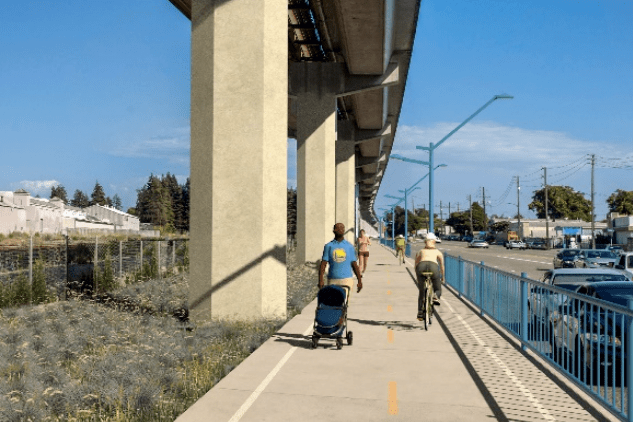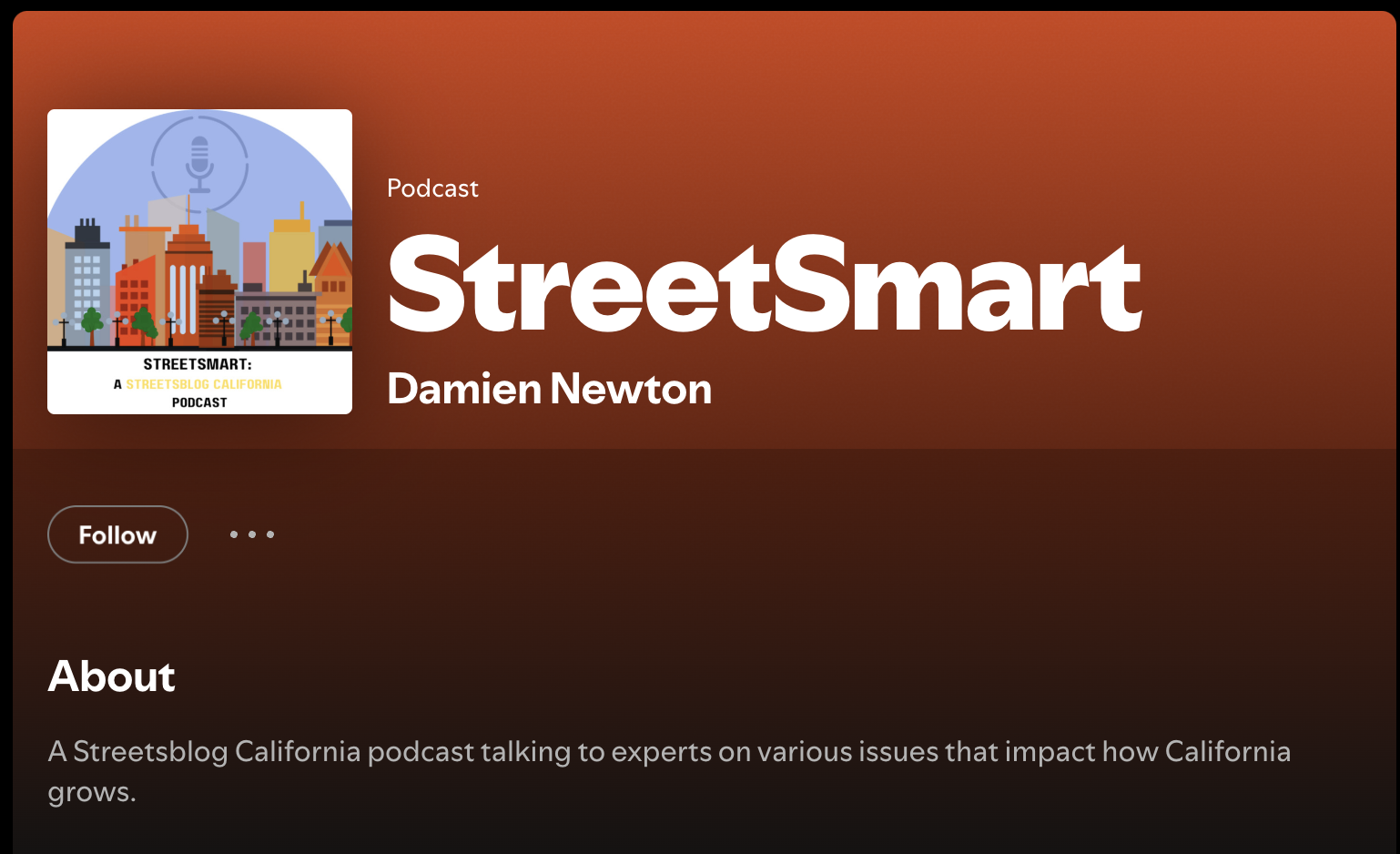California Transportation Commission staff have released their recommendations for the third funding cycle for programs established by Senate Bill 1, the Road Repair and Accountability Act of 2017. The recommendations include $1.7 billion for investments in three programs: Solutions for Congested Corridors, Trade Corridors Enhancement, and Local Partnership programs.
Notably this is the first time that the CTC's recently formed Interagency Equity Advisory Committee participated in the evaluation of projects. This is also the first program cycle to incorporate the principles of the state’s Climate Action Plan for Transportation Infrastructure (CAPTI).
Solutions for Congested Corridors
The Solutions for Congested Corridors recommendations will fund ten projects for a little over $500 million (from a list of 24 requests for more than $1.5 billion). This program is supposed to "achieve a balanced set of transportation, environmental, and community access improvements to reduce congestion throughout the state." The extensive process that went into formulating the program and its guidelines was aimed at making sure it was not a source of highway widening funds but to "provide more transportation choices while preserving the character of local communities and creating opportunities for neighborhood enhancement."
The grants are also supposed to award comprehensive planning and partnership between local, regional, and state agencies. State highway "improvements" are eligible, but the funds cannot be used to build general purpose lanes or capacity-increasing projects except for "high-occupancy vehicle lanes, managed lanes, and other non-general-purpose lane improvements for safety and/or operational improvements for all modes of travel."
In Southern California, the recommendations include $32 million for the I-405 Corridor Community bus service improvement program, including bus boarding islands along Venice Blvd and electric buses for the North San Fernando Valley.
These are part of L.A. Metro's I-405 Comprehensive Multimodal Corridor Plan.
Also recommended:
- $6.3 million for the Inglewood people mover
- $20 million for improvements on LA Metro K and C lines and stations
- $17 million for HOV lanes, bikeway gap closures, transit improvements, and EV charging infrastructure in Santa Barbara
- $30 million for a three-mile SMART extension to Windsor
- $39 million for the East Bay Greenway, a ten-mile bike corridor from Oakland to San Leandro along BART right of way
- $75 m for a bike path along the Santa Paula branch line, double tracking for trains between Camarillo and Oxnard, and a grade separation on Rice Avenue in the Ventura area
- $103 million for a rail bridge between Encinitas and Carlsbad
- $44 million for double tracking freight rail and widening a highway "for safety" - and adding bike lanes - in Riverside County
- $50 million for the Capitol Corridor regional transit project, which will replace track and a bridge between Sacramento and Roseville
Trade Corridor Enhancement Program
The Trade Corridor Enhancement Program recommendations include a little over $1 million for 26 projects. This program is supposed to fund a wide range of infrastructure improvements along heavily used freight corridors in the state, including to solve "throughput, velocity, and reliability" as well as "congestion reduction."
The staff recommendations include port upgrades, managed lanes on I-10 and on I-5 in Sacramento, hydrogen fueling stations, and others.
Local Partnership Program
Staff recommended funding eleven projects, for $142 million, under the Local Partnership Program competitive portion. This program was set up to provide funding to local jurisdictions that tax themselves to pay for local transportation system improvements. These funds can be used for roadway improvements, active transportation projects, and transit and rail projects. Sixty percent of these funds are distributed by formula - so a set amount per jurisdiction - and forty percent go through a statewide competition.
A few of the projects recommended:
- $2.4 million for a "complete streets" project along Foothill Blvd in San Bernardino that includes repaving, a road diet, and a new bike and pedestrian pathway
- $25 million (in FY 2024-25) to open the westside Tube between Alameda and Oakland for bikes and pedestrians, adding bikeways and improving the approaches for bicyclists (Note: a lot more may be needed to make this a usable facility)!
- $15 million for a new double roundabout over Highway 99 in Tulare that will make it possible to get across via bike or on foot
- $14 million (in FY 2024-25) Transit improvements including signal prioritization and bus shelters in Southeast LA
The staff recommendations will be taken up for approval by California Transportation Commissioners at their meeting on June 28 and 29.






